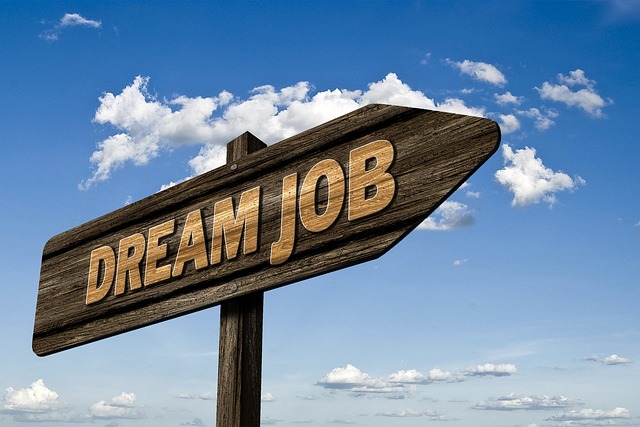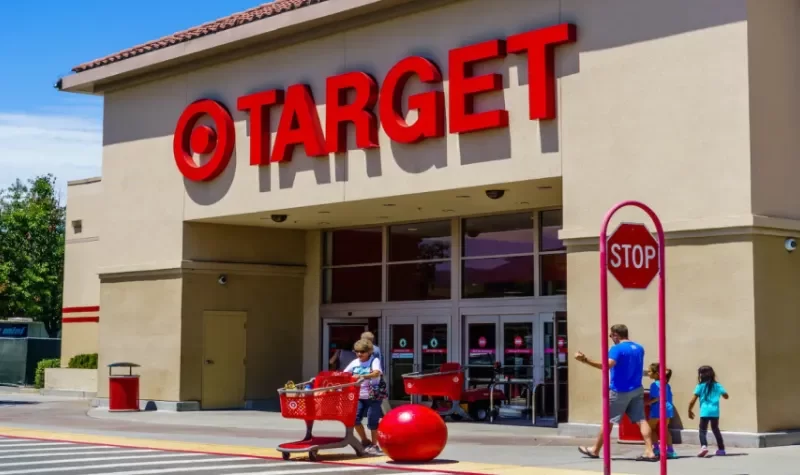Generally, due to tight markets, incomplete recoveries, and higher unemployment, it is hard to fill jobs in certain states. Below will explain the reasons in full aspects.
In some areas, such as less populated areas with fewer Covid-19 restrictions—states like Utah and the Dakotas—the labor market is hot, and many employers are having trouble filling open positions. Labor demand is recovering more gradually elsewhere, including in urban areas and tourist hotspots like New York and Hawaii that have been slower to loosen restrictions…
Table of Contents
Tight Markets
The states in the mountains developed into refugee-hosting nations during the pandemic. Less restrictive business regulations, open space, and reasonably priced housing attracted new residents. The influx of newcomers subsequently increased economic activity and the need for labor.
The northern Mountain West already had growing tech and financial sectors, and those industries fared better during the pandemic than tourism and retail.
the majority of the U.S., the size of the labor force grew from 2019 levels in Utah and Idaho, which help prevent more severe labor shortages. South Dakota features a comparable dynamic.
The Plains states were among the quickest to reopen and had some of the least restrictive business regulations imposed by the government. Oren Klachkin, the head U.S. economist, noted that these states avoided more significant job losses and swifter returns of workers to previous positions. economist at global research company Oxford Economics Agriculture and food processing, which were recognized as essential industries and continued to operate throughout the pandemic, are also important to the region.
With 5.1 open positions for every unemployed person, Vermont had the nation’s tightest labor market. However, this statistic isn’t entirely attributable to a strong economy. The job market in northern New England has long reflected the region’s aging population, slow population growth, and the fact that not many people are moving there from elsewhere.

Incomplete Recoveries
Labor markets are recovering more slowly in other places. Hawaii ranked last by that metric, with 0.7 job postings for every job seeker, followed by a group of states in the West and another on the East Coast.
Higher Unemployment
The pandemic and associated travel restrictions are still having an impact on Hawaii’s economy, which is heavily reliant on tourism. Hotel occupancy rates this spring were lower than the national average, which is consistent with employment in leisure and hospitality in Hawaii remaining about 30% below pre-pandemic levels.
Positive health outcomes and economic outcomes have little in common, as evidenced by Hawaii’s labor market. An analysis of data gathered by Johns Hopkins University by The Wall Street Journal found that the state’s preventative measures, such as a 14-day quarantine period for visitors arriving from outside the state last year, helped it achieve the lowest rate of cases per 1,000 people. However, the Hawaii regulations also turned away travelers. On the other hand, North Dakota had the highest rate of cases but a much lower unemployment rate in April, at 4.2%.
The New York area was one of the first in the country. to be hit hard by the pandemic. The governments of New York, New Jersey, Pennsylvania, and Connecticut imposed severe restrictions on activity and kept them in place for a longer period of time than many other places.
A lackluster recovery in neighboring Southwestern states is largely attributable to sectors of the economy, like tourism in Nevada and energy in New Mexico, that are still dealing with the pandemic’s lingering negative effects.
Read about Why is It So Hard to Find a Job?



